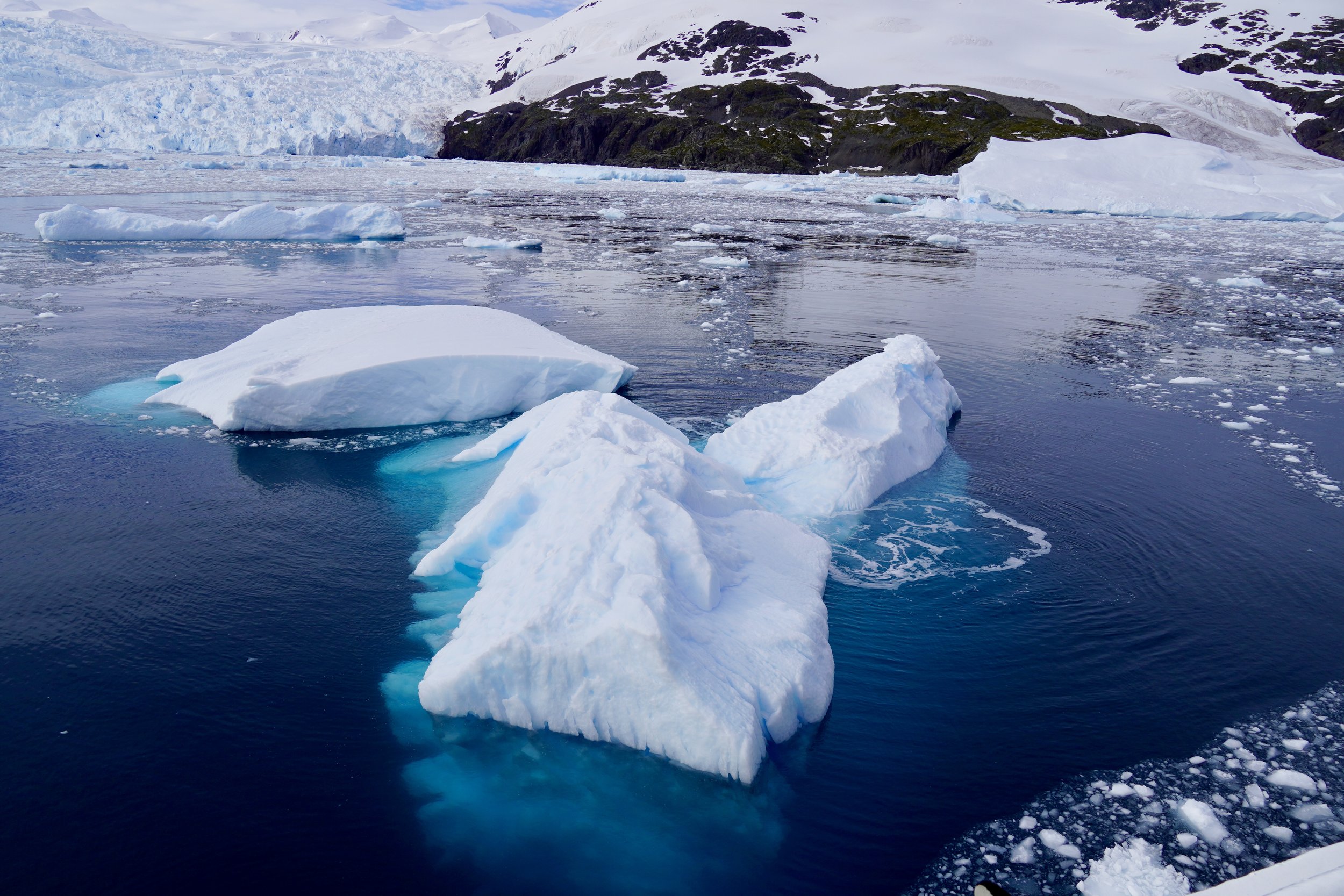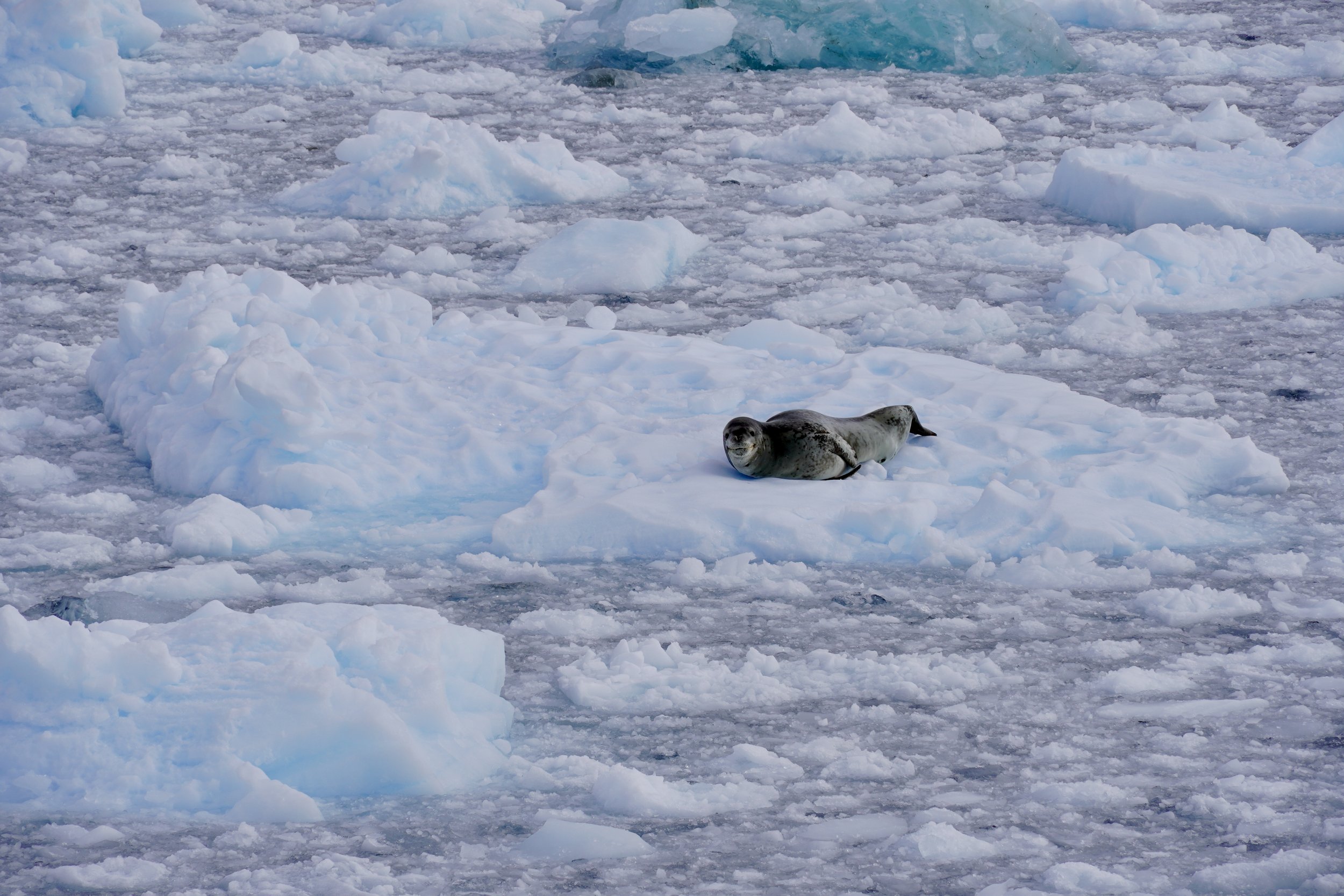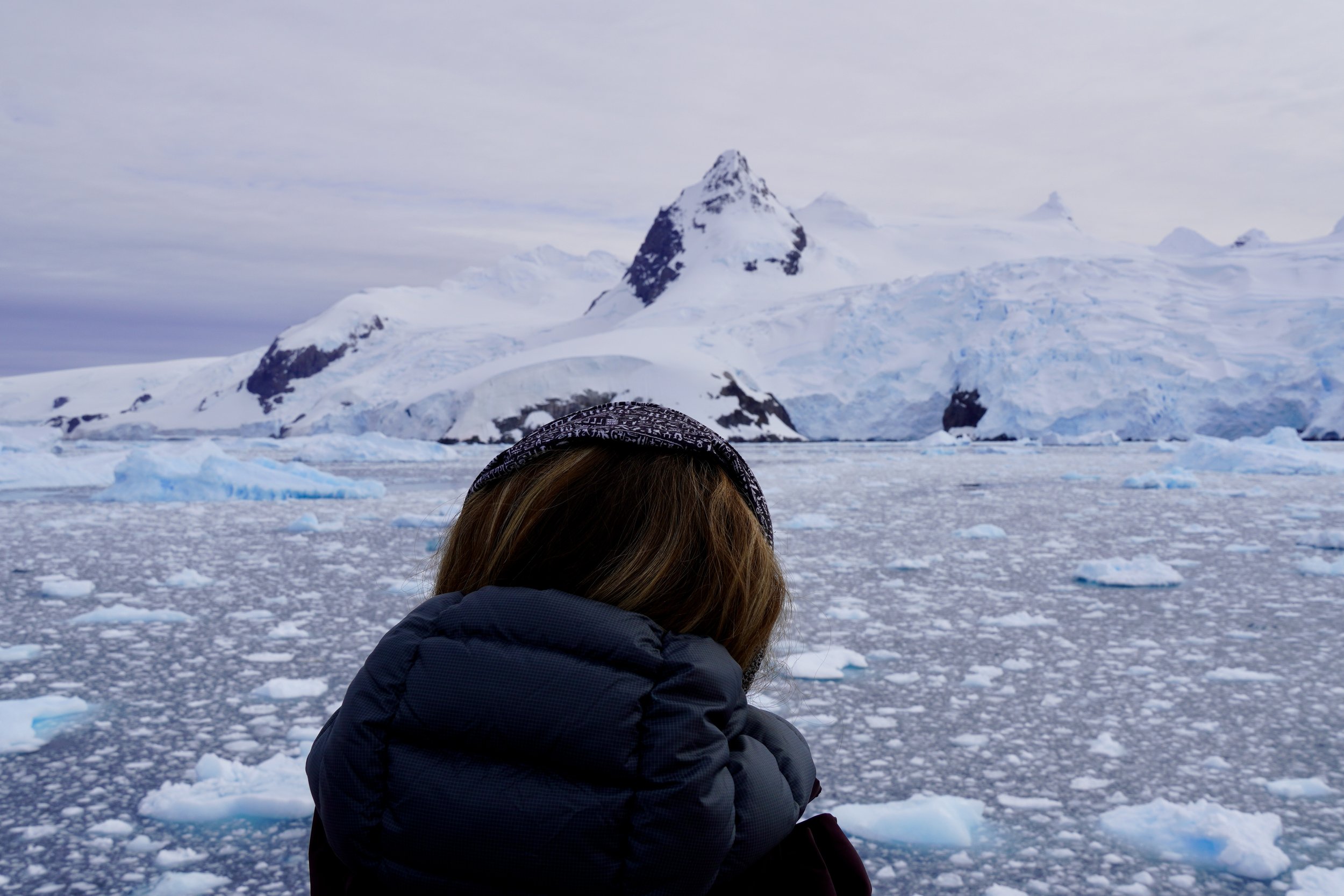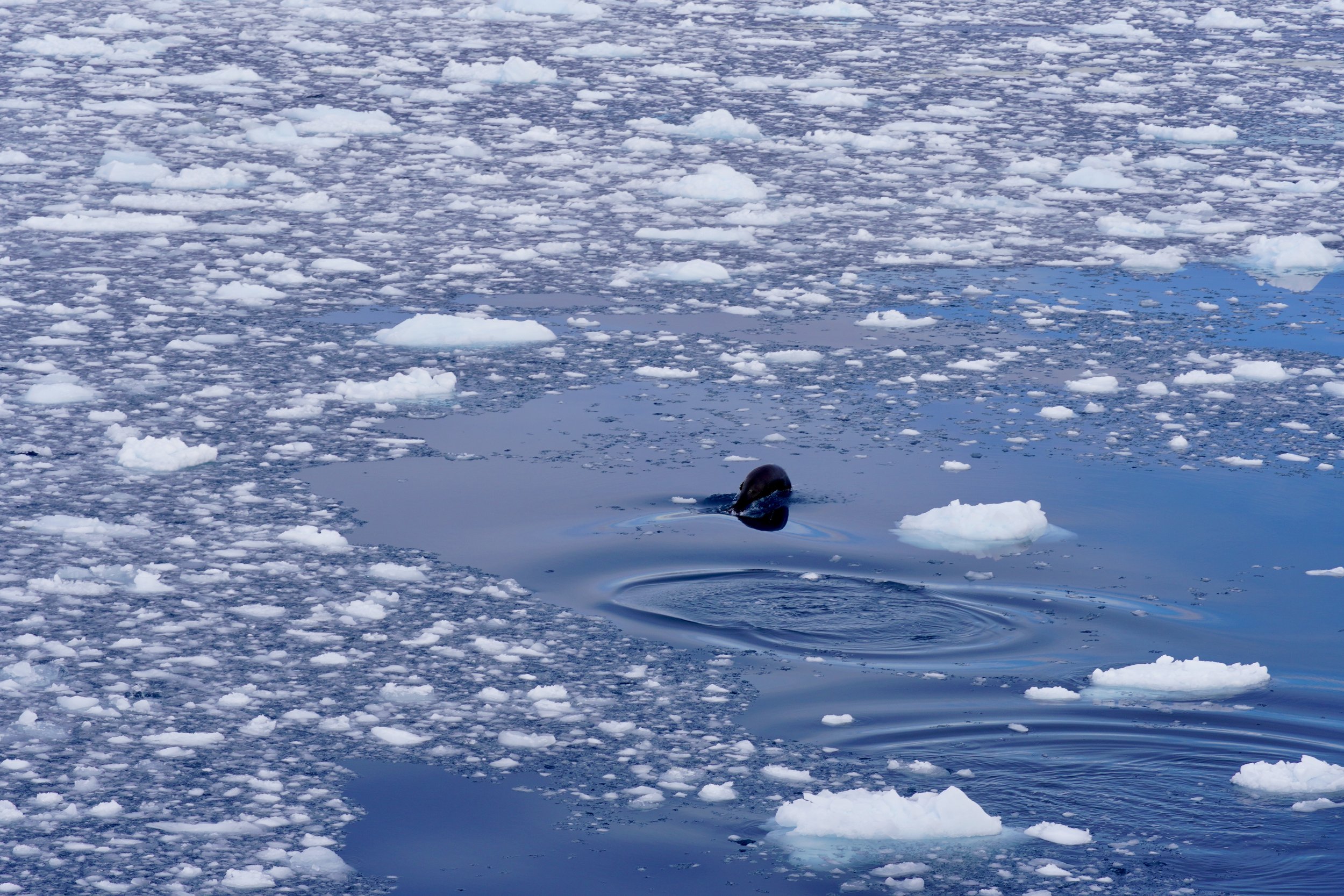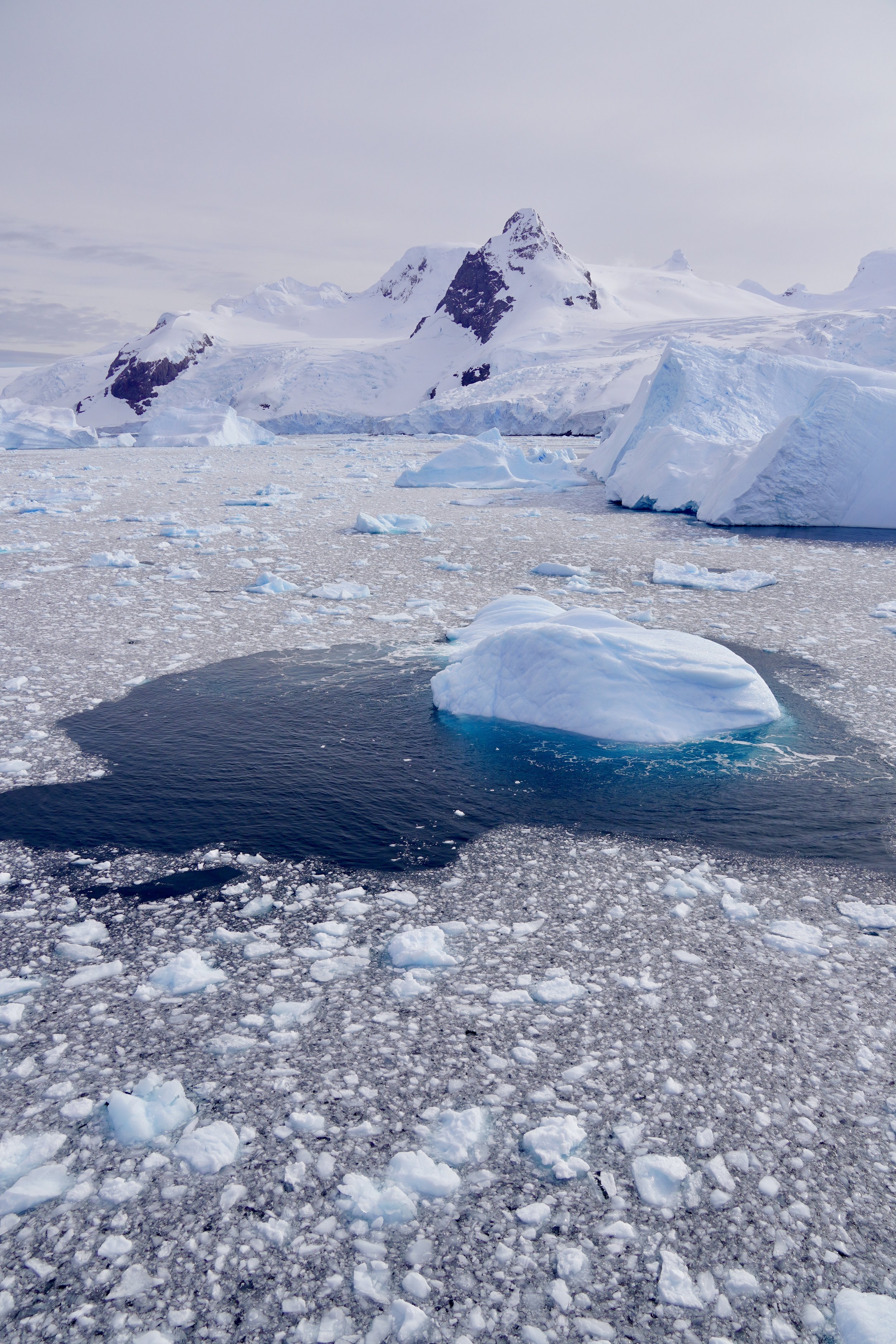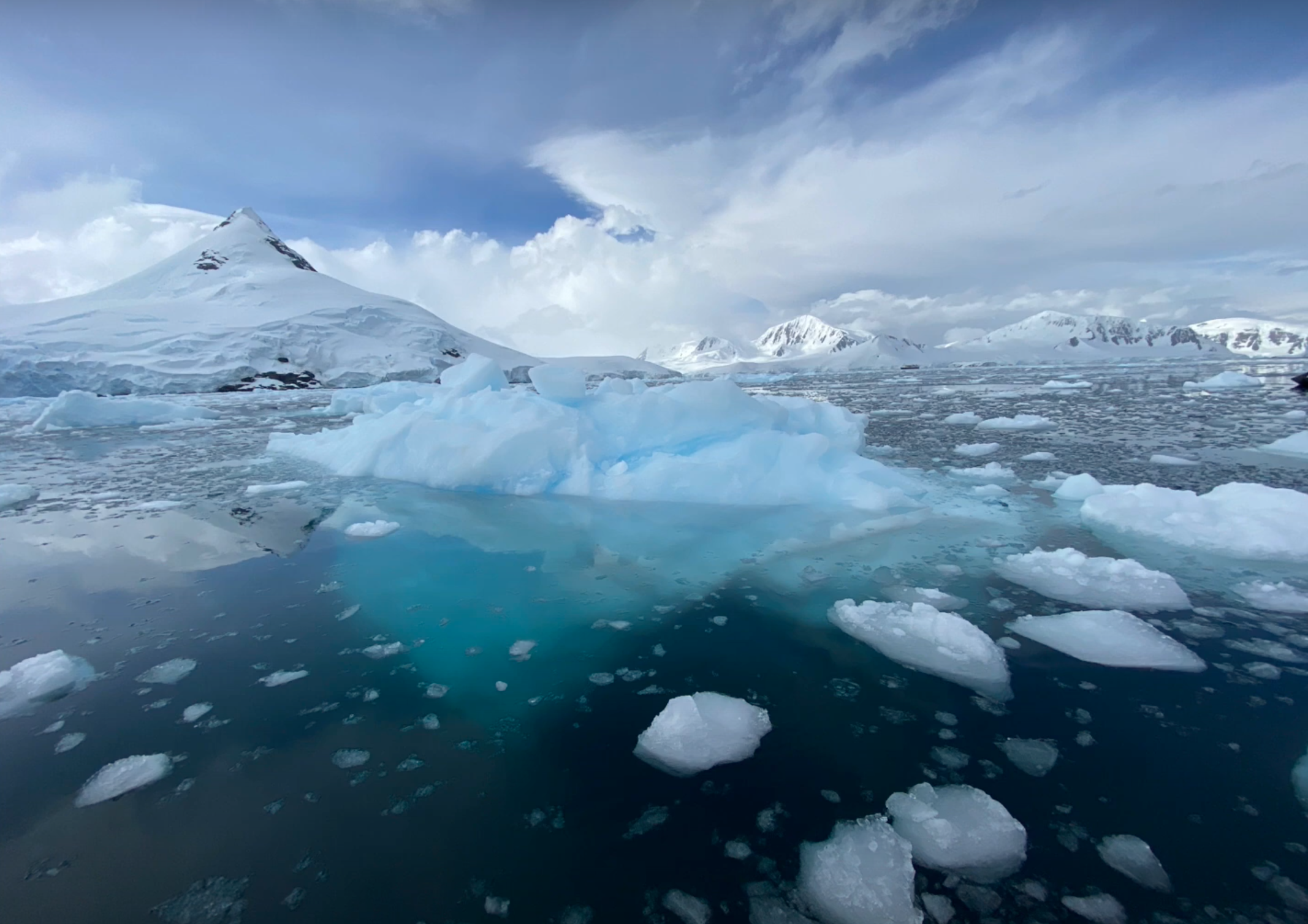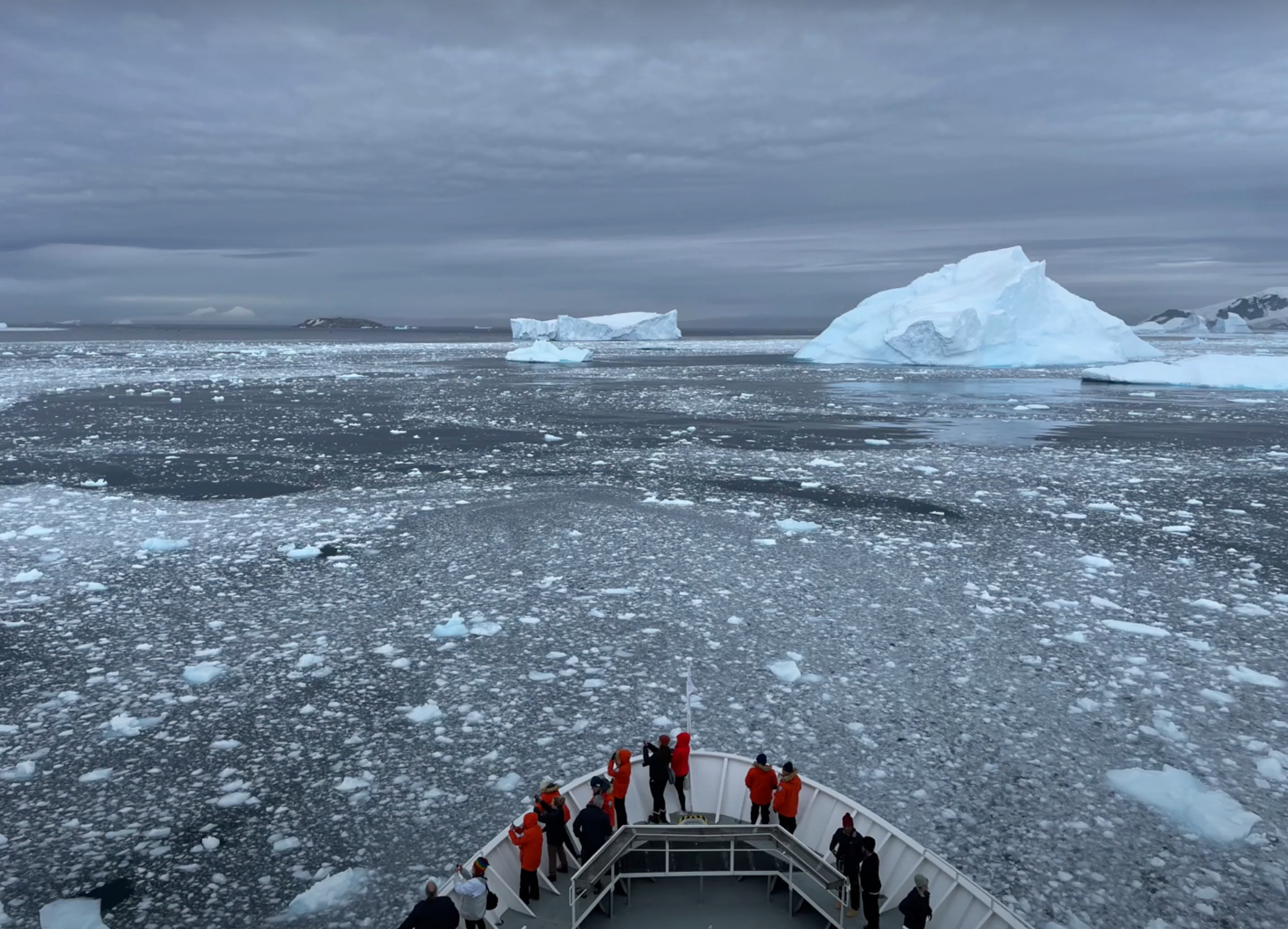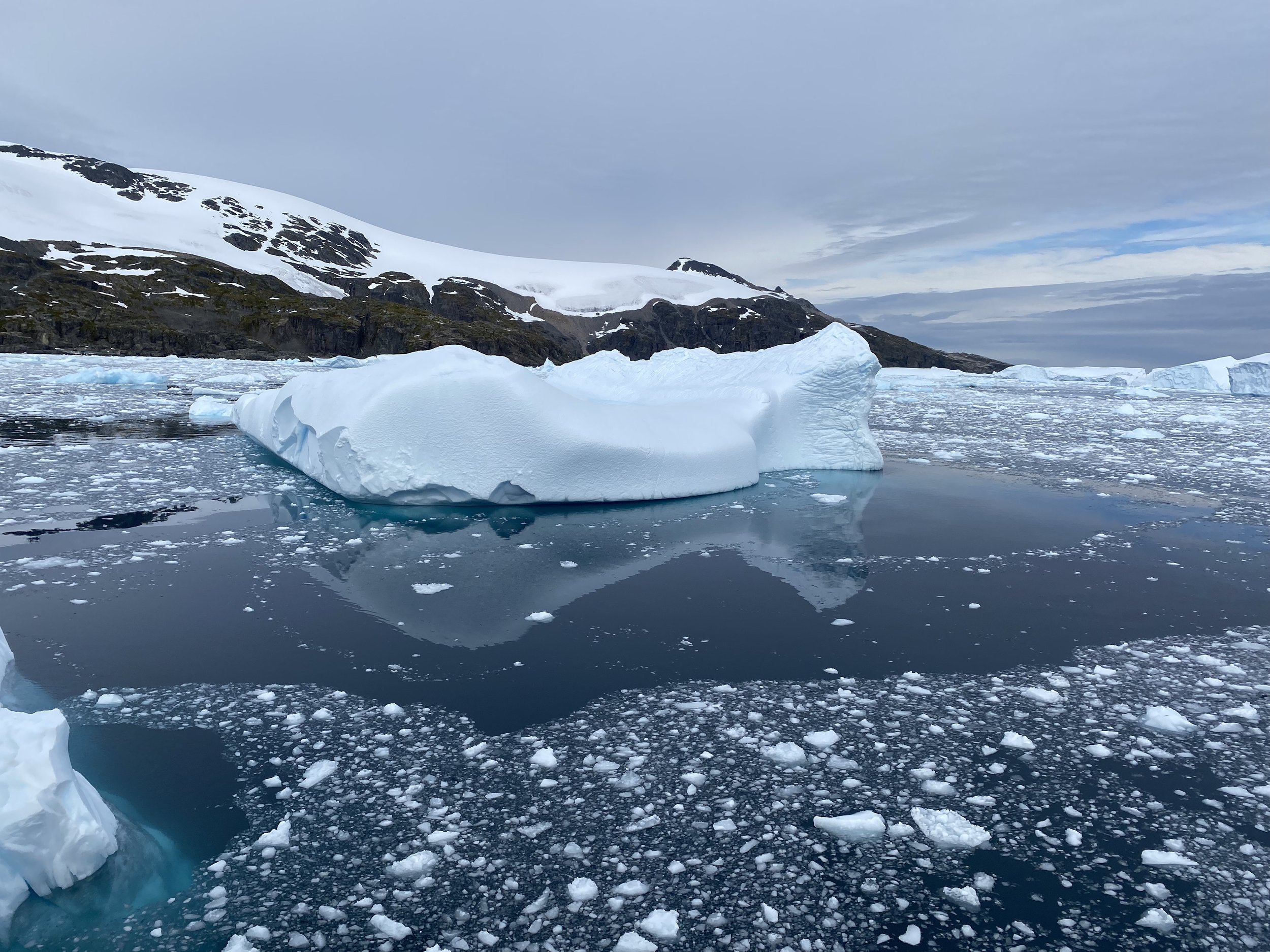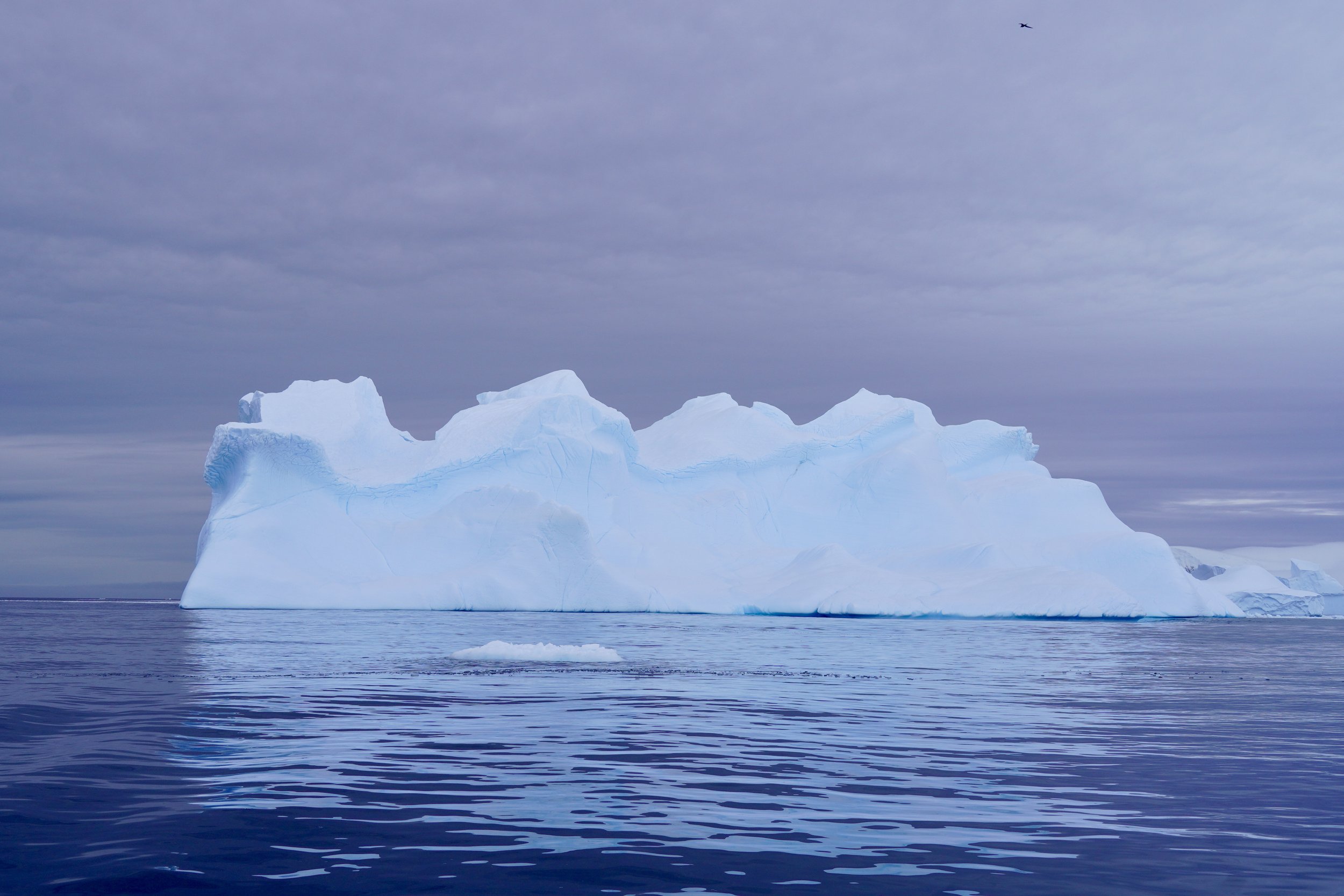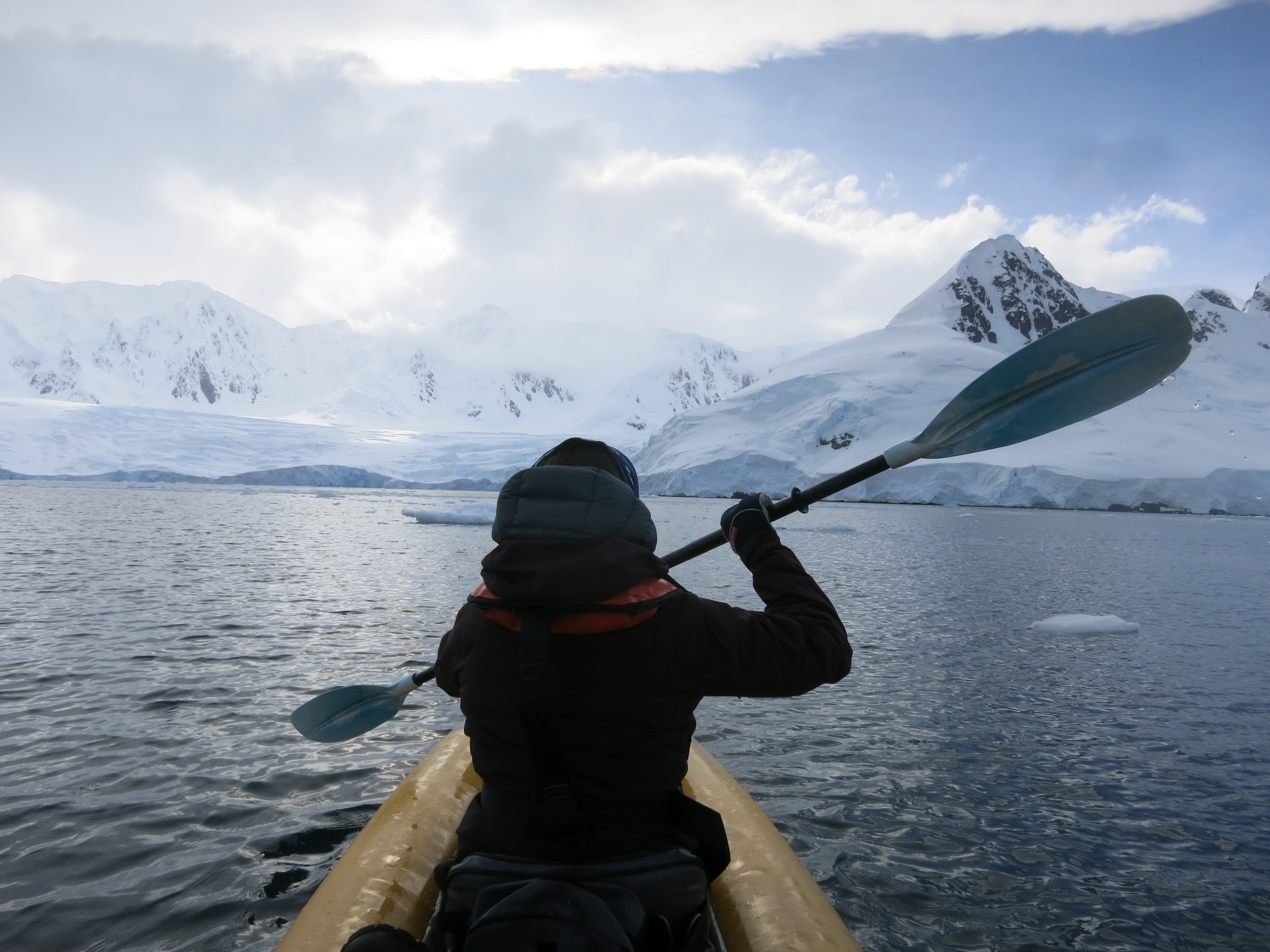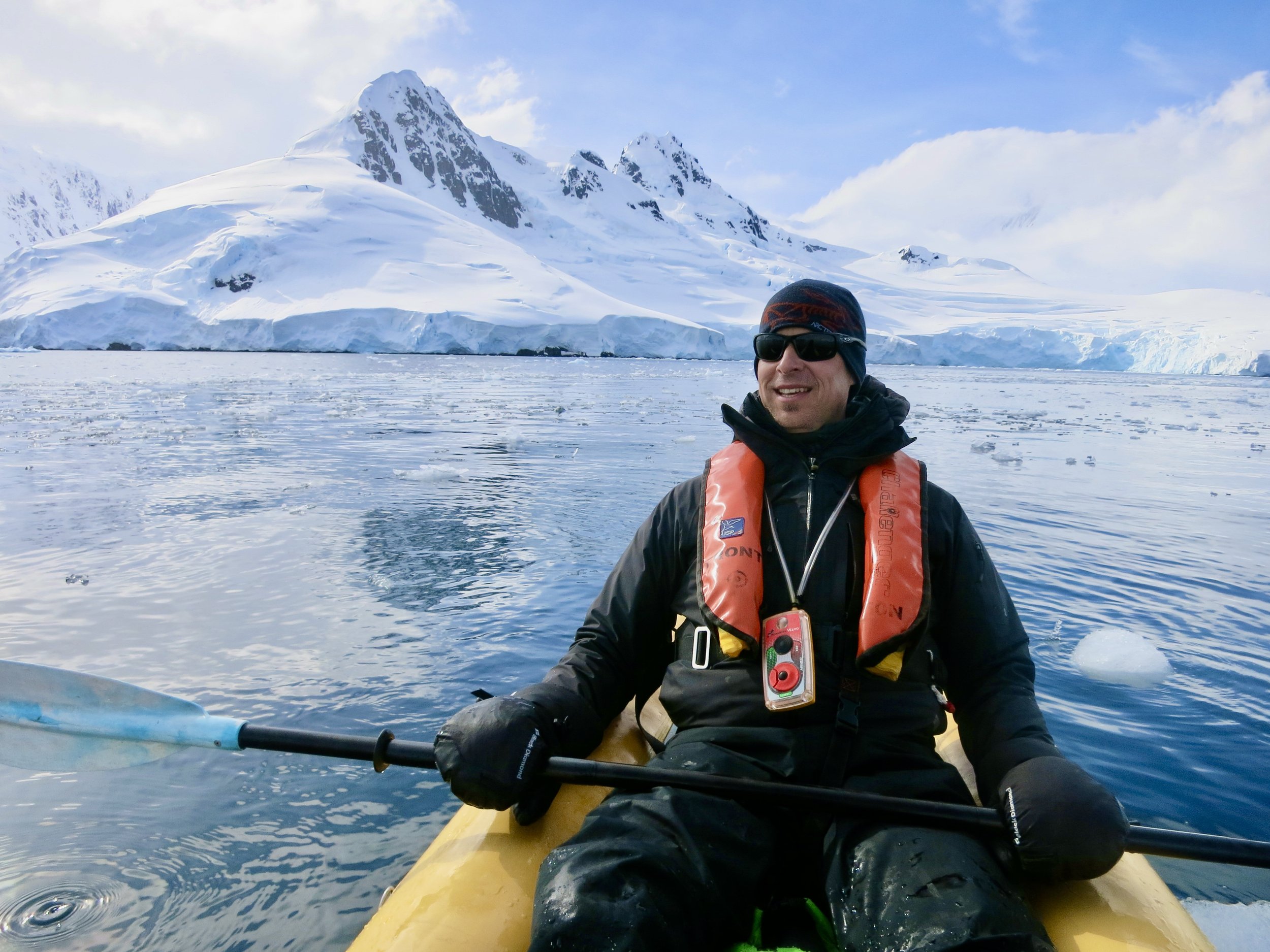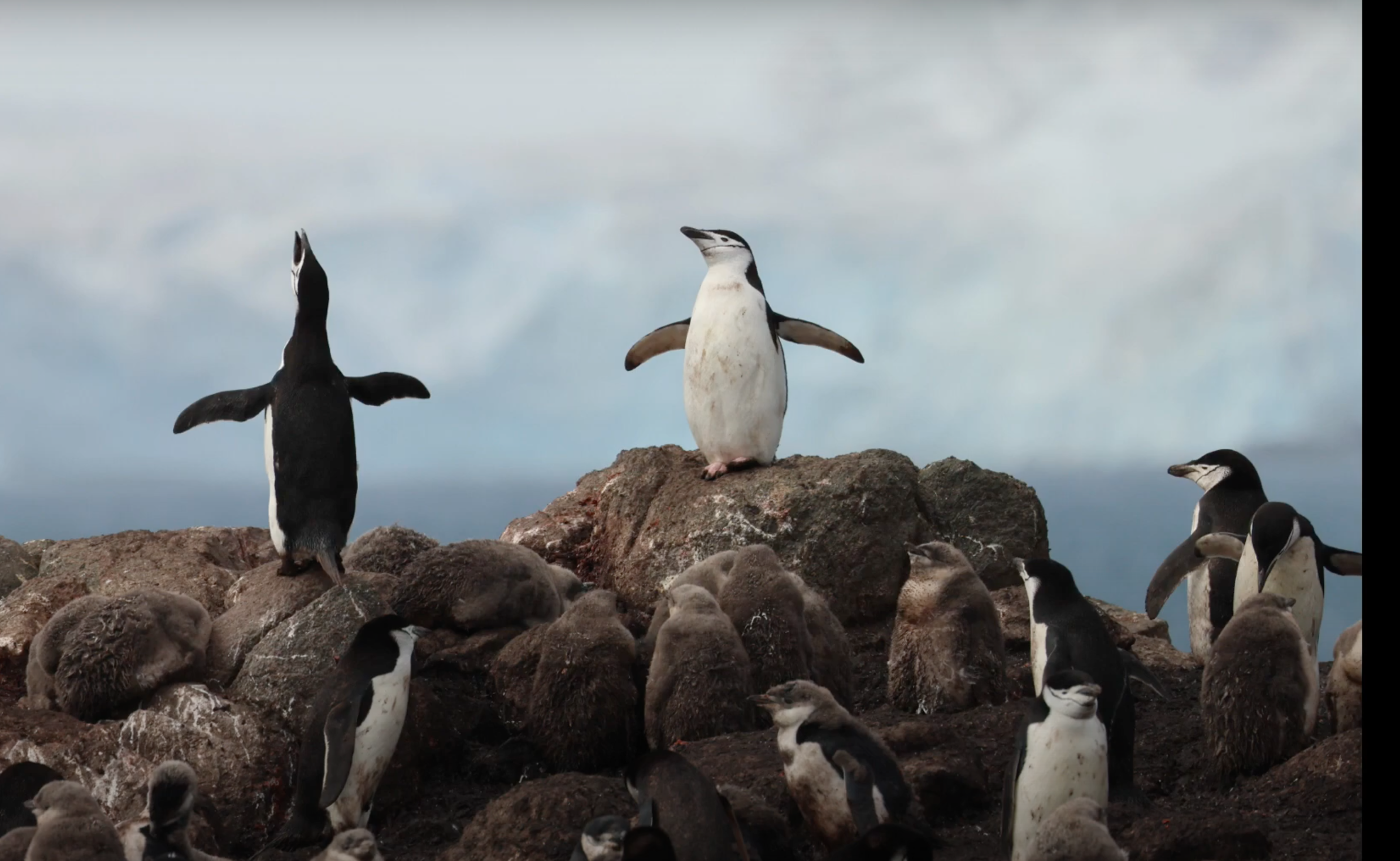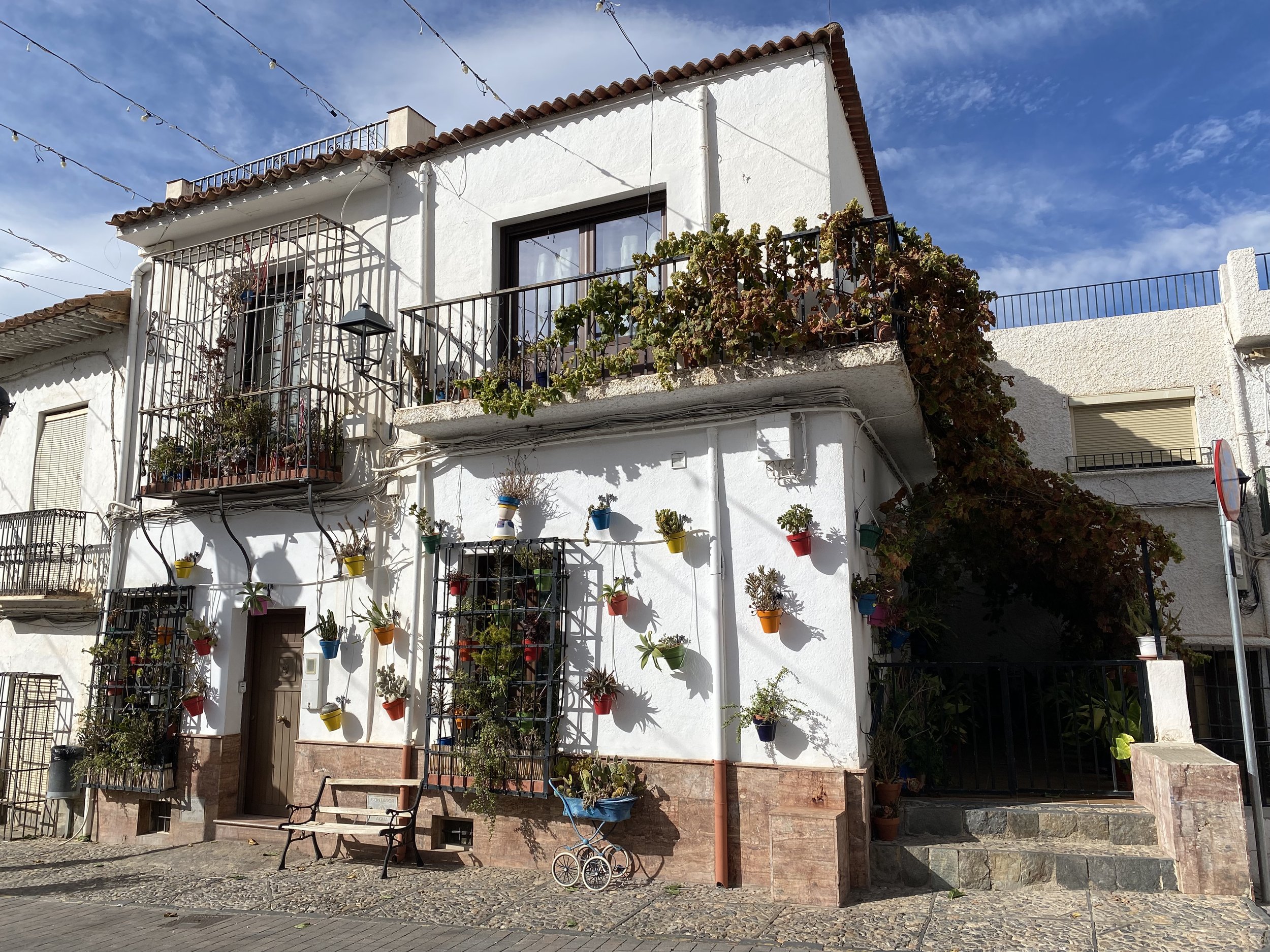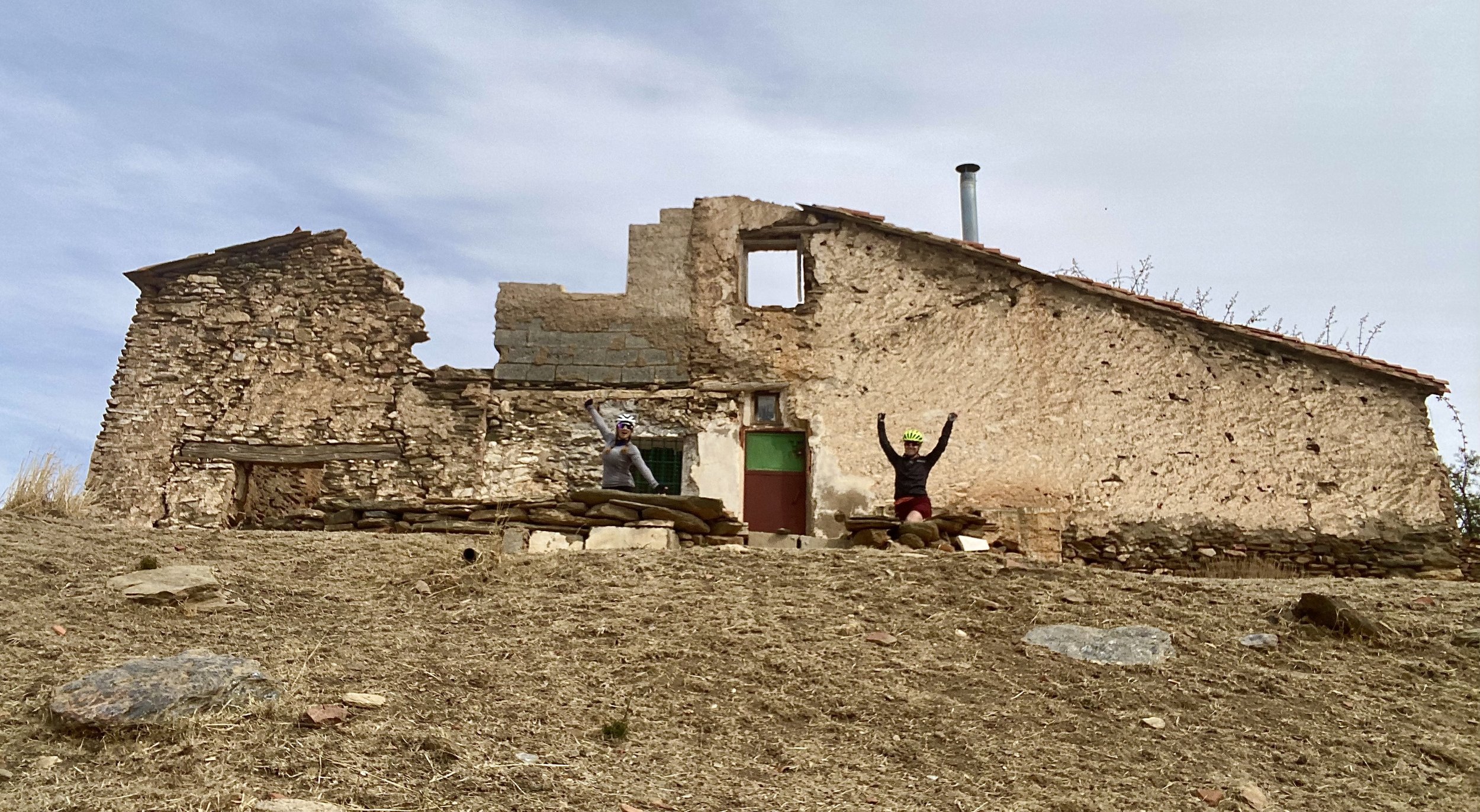Antarctica Part 4: A Whale of a Tale
Antarctica has no permanent human population, though several countries maintain research stations on the continent. These serve as a sort of temporary habitat for the transient scientific community. The population will vary depending on the time of year, from around 1,000 people during the winter months to 5,000 in the summer. Despite the wildly disputed border discrepancies between countries, the stations are quite hospitable. There is a lovely sense of community and cooperation in Antarctica, which extends between countries and even to the visiting cruise ships (during our stay we welcomed research staff aboard the National Geographic Explorer to take warm showers, charge their phones, and message their families. In exchange, they gave presentations on station history and their research). However, during darkest and coldest months of the year, there are no visiting cruise ships for external social interactions and assistance with communication back home. It’s not hard to imagine how the depths of an Antarctica winter can be unstabilizing, which is exactly how the Winter International Film Festival of Antarctica (WIFFA) was born. WIFFA is a highly anticipated weekend that takes place in the most challenging of Antarctica days. Here are the ground rules:
It’s open only to those who spend their entire winter in Antarctica
The film must be written, shot, edited, and ready for viewing in a 48-hour period
It can be no longer than five minutes in duration
It must include the five mystery elements which are announced at the start of the festival’s 48 hour countdown (specifically a particular sound, object, character, action, and quote)
The films are collected, circulated, and voted on for awards: best picture, actor, etc. Bragging rights are bestowed for one full year.
You can check out all films here. The cabin fever from which the film festival was born is almost palpable. If you are so inclined to check them out, be warned, pretty much all of the films should be rated-R for language, nudity, and violent content.
These two images show all of the stations in Antarctica.
This is Primavera Base, an Argentinian station in Cierva Cove, which we visited on this trip. I like this picture because it gives you an idea how isolated these stations really are.
Welcome to Part 4 of my Antarctica blog series: A whale of a tale.
(In case you missed them, here’s Part 1 and Part 2, and Part 3).
Back on The Explorer, our new home away from home, guests were split in two groups. Half of us were to stay aboard the ship to get a close up view of Breguet Glacier, the other half to embark on a zodiac cruise around Cierva Cove. Will and I were assigned first to the group staying aboard the ship, which I must admit sounded a bit dull, though I couldn’t have been more wrong.
Breguet Galcier.
The Explorer was not always the polar adventure portal we had grown to love. It was once part of Norway’s Coastal Express, a fleet of passenger ferries that explored Norway’s fjords and coastlines. Those waters are renowned for conditions deteriorating from reasonable to scary in a matter of minutes. As The Explorer was already equipped for questionable conditions, she was a natural candidate to repurpose for Arctic and Antarctic exploration. The refurb included an ice-strengthened hull and advanced navigation equipment, making her more equipped than most Antarctica cruise ships to handle ice-ridden waters. Thus, we were able to get stunning close up views of the Breguet Glacier that are typically unobtainable.
This was so cool, we all hung over the edge of the bow to watch the ship's ice breaker take a stance.
Will taking shots of the ship’s ice breaker.
And we got surprisingly close!
In the midst of Breguet Glacier.
Next we tagged out, switching to the zodiacs for a cruise around the cove, getting up close and personal with the porpoising penguins.
Photo credit: Jim Pfitzer.
We were also fortunate enough to have this encounter with a fin whale, which I managed to catch a tiny bit on video.
Photo credit: Jonny Reid
Meet PAN-1772, a well traveled whale that has been sighted off the coast of three continents since 2007 - Colombia, Panama, and now by us in Antarctica. We know this thanks to a very cool citizen science website: happywhale.com. As it turns out, a whale’s tail or fluke acts as a unique identifier just like our finger prints. Get a good photo of the fluke and you can register it with Happy Whale. They ID the whale and send you info not only on its previous sightings, but any future sightings (one of the guides received an email 20 years after he submitted a whale sighting). Since Jonny, one of the expedition staff, captured this crazy good shot of PAN-1772’s fluke, we were able to see some of his history. However, if you see a whale’s fluke, you better hope to have captured a great shot because you aren’t getting another opportunity for a while. This moment is called ‘fluking’ or ‘fluking-up,’ and it happens as a whale is about to dive deep. It will be at least 15 minutes before they surface again, and maybe nowhere near the same location.
Our zodiac cruise experience was made complete by a visit from a ‘viking’ zodiac boat serving hot chocolate and whiskey at 11am. Yes please. :D
Later that evening, despite the somewhat questionable weather, we were given the option to partake in a brief yet exciting ‘continental landing.’ So far we had exclusively touched land on some of Antarctica’s many islands. This landing was at Portal Point, part of Antarctica’s mainland, so in theory you could leave here and trek your way to the South Pole.
Fun fact: on December 9, 2022, Canada’s Caroline Côté became the fastest woman to reach the South Pole unassisted. The 1,130 km ski took her 34 days, two hours and 53 minutes, shattering the previously held female record by four days. Though where we were at Portal Point was not where she started. She left from Antarctica’s Hercules Inlet.
Hercules Inlet vs. us on Portal Point.
Caroline Cote at the South Pole. Photo Credit: Vincent Colliard.
Fun fact #2: While I was looking up the location of Hercules Inlet, I discovered Kate Leeming’s intention to be the first human to cycle across Antarctica. Currently, these are the two best route options.
The objective of Kate’s journey is to encourage youth and aspiring world leaders to make better decisions about climate action. The whole expedition will be carbon positive. You can read more about Kate, the expedition, and the cool new fat bike tech being developed specifically for this adventure here.
Now, back to Portal Point.
In the summer of 1956-57, the British government used this spot as a landing point to conduct the Falkland Island Dependancies Surveys (the Dependancies were the first parts of Antarctica to be brought under ‘British control’). Overall it was a weird stop for us. We shifted around awkwardly on a ten-foot-square piece of land in the pouring rain for 15 minutes while we waited for one zodiac to be emptied and the other to be loaded. It did make for a fun photo-op though.
The next morning, we were once again up for the 4:15 am sunrise.
Then off to the gym for me and Will to the bridge to meet up with his new BFF, the night captain. It turns out this Dutch native is also a huge music fan, and the two of them would run all lingering parties out of the bridge with their endless music jabber.
Later that day Will showed me this picture and revealed the anticlimactic discovery that these three knobs are actually what steers the ship (alas, it’s no longer the iconic nautical wooden wheel with spiky handles).
It was during one of these early mornings on the bridge that Will was lucky enough to be present for the only blue whale sighting. Blue whales are the largest animal on earth, and are critically endangered, though this was not always the case. At the beginning of the 20th century the blue whale population was estimated to be 239,000. In the early 1900’s, blue whales were so heavily hunted that in the single Antarctica summer of 1930-31, more than 29,000 blue whales were killed. By 1973, only 360 remained. Currently, blue whales have complete legal protection from whaling, and populations are making a slow comeback with the current counts sitting around 20,000. Though numbers are growing, they are still classified as endangered, and it’s extremely rare to catch a glimpse.
A single blue whale will consume four tons of krill every day. Krill are a really important part of Antarctica’s ecosystem. It sustains pretty much all life in Antarctica; if you live here and you don’t eat krill, then you definitely eat something that eats krill. The Western Peninsula of Antarctica (where we spent the duration of our trip) have the warmest waters in Antarctica, which are pertinent for krill breeding. The krill swarms here are unfathomably large. One was recorded at 450 square kilometres, with an estimate of two million tons of krill. These swarms are so expansive they can be viewed from space. This is why the Western Peninsula also has Antarctica’s highest population of whales.
Photo credit and really interesting Krill article: DGR News Service.
Photo credit Dan Costa - those are not my hands.
While Will was off making new friends on the bridge, I was taking advantage of the only gym where it’s possible to bring binoculars and NOT be ejected for being a total creep. I liked hanging out in the gym with its convenient fourth story view and wrap around windows, pretending to workout but mostly whale watching. I would shout “whale” and my fellow ‘morning gym peps’ would abandon their workouts and crowd around the windows. We was fin whales, minke whales, and killer whales, but most often we saw humpback whales.
Photo Credit: Iain Brownlee.
Humpback whales have the ability to open their jaws up to 90 degrees, maximizing the volume of water they can take in, amounting to 17,000 gallons of water plus krill - now that’s a mouthful haha! The folds on the underside of the humpback’s throat expand to accommodate the load, then collapse to filter the krill from the water through their baleen teeth - something like a giant toothbrush strainer made of finger nails.
Photo credit. Melissa Yow, Center for Coastal Studies
Humpback hale teeth.
Coffee, breakfast, then enroute to visit Port Lockroy -Antarctica’s only functioning post office.
Point Lockroy was established as a British Military base in 1944 as part of a secret wartime initiative to monitor the movement of German ships. After the war, the base remained in civilian operation until 1964. By 1996, it was converted to what it is now, a time capsule preserving the living quarters and scientific projects underway in the mid 1900’s, and the most popular tourist stop in Antarctica, sending more than 70,000 post cards per year. They also keep a nice supply of the world’s most expensive T-shirts. The museum is quite interesting to walk around. The loneliness and desperation of an Antarctica winter is so ingrained into Port Lockroy’s history, it is quite literally part of walls. Some young chap of the times hand painted horrible likenesses of Marilyn Monroe and other random sex kittens. They were at one time deemed ‘inappropriate' and painted over, probably about the time women were allowed on base. By the time the paintings were rediscovered, they had changed societal status from inappropriate to hilarious, and an attempted restoration took place.
Marilyn obviously.
One of the Port Lockroy’s ongoing projects is the study of the Gentoo penguin colony inhabiting the island. This year, for whatever reason, the colony laid their eggs a tad late in the season, so the penguin chicks were the youngest we encountered on our journey. Though fabulously adorable, their prognosis for survival was grim, and we were told most of them would not be strong enough to withstand the looming winter. I know, it’s devastating.
The view leaving Port Lockroy.
That afternoon we toured to Bourgon Bay for a little sea kayaking. This was a real treat of an afternoon, and quite possibly our favourite outing yet. As paddling enthusiasts, Will and I were ready to rip around the bay in our newly acquired inflatable hot rod; hot being the correct descriptor. At a blistering eight degrees Celsius, it wasn’t long before we were peeling off layers to soak in the frightfully warm summer sun.
We paddled around, wedging through brash ice and up to the floating icebergs, but not too close, as the unpredictability of a flipping iceberg is dangerous for unsuspecting tourists. (IAATO says: stay away to a distance 3X as far as the iceberg is tall).
The brash ice was melting in this Antarctica heat wave, releasing the air bubbles trapped within, and creating this really cool Rice Krispies effect.
The whole thing ended with a polar plunge party - and a party it was with a shocking 57 of the 128 guests opting to participate. The expedition team alleviated the nervous ambiance with loud music, funny toques, and people dancing in their skivvies. Not Will though. He became the self-appointed ‘deck photographer.’
Will’s polar plunge experience.
Ok back to this photo for a second. The fun chap who made this photo even more entertaining is Jonny Reid (Naturalist, expedition staff, and the photographer that captured the great humpback whale fluke photo). The guy standing to his left is Matthew Phillips. These two really deserve a shout out, they took one for the team that day. They stood in that literally freezing water for hours, loaded two large groups of uncoordinated, inflexible, and only sometimes listening tourists in and out of their kayaks, then remained standing there to haul all 57 polar plunge victims out of the frigid waters of Bourgon Bay. And they did it all while maintaining a sense of humour. Props to them. I hope their feet have warmed up by now.
After being hoisted out of water hovering just above zero degree Celsius, we received a high five, a shot of whiskey, and some warm lemonade (probably also infused with whiskey).
The evening ended with one more unique experience. Will managed to commandeer the guitar typically reserved for dinner time well wishes for guests celebrating birthdays and anniversaries, and played a gig in the ship’s lounge - his first gig on international waters! He, of course, had already made friends with a few other musicians on board whom accompanied him on the piano and backing vocals for a few songs. Everyone really enjoyed themselves, and we left the lounge with a few open-door invitations to visit some of our new highly intoxicated friends in their random corners of the globe.
That’s it for now. Our journey will end with one more blog installment that includes a really crazy leopard seal run-in. Until then, here are some great penguin photos to tide you over.
Thanks for reading!




